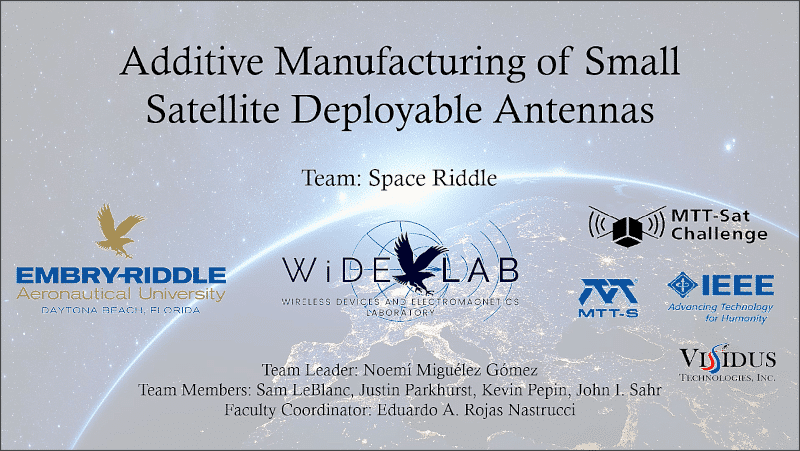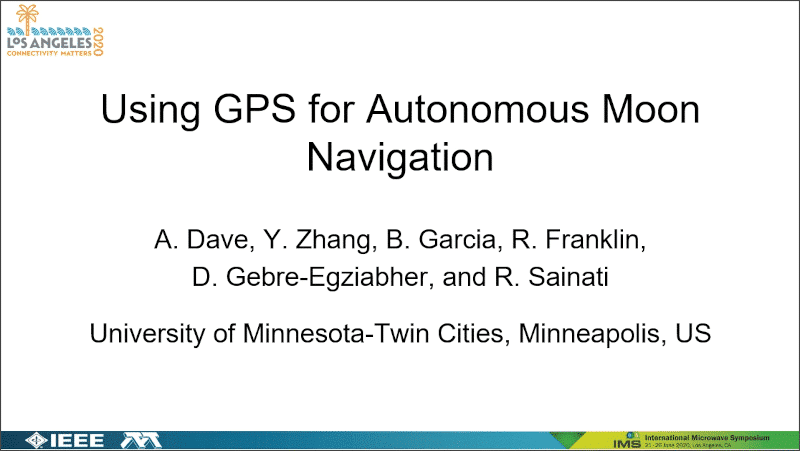/ Mission Started /
The following ideas are pursued within Phase I of the IEEE MTT-Sat Challenge (in alphabetical order):
- A Ka-band satellite active phased-array transceiver on a deployable textile membrane and calibration for mechanical deformation error (Tokyo Institute of Technology, Japan)
- A novel design approach for small satellite communication with a fully integrated telemetry and telecommand unit compliant for CCSDS spacecraft communication (University of Bremen, Germany)
- Additive manufacturing of small satellite deployable antennas (Embry-Riddle Aeronautical University, USA)
- An SDR based ADS-B receiver with additional configurable RF channels featuring broadband support (BTU Cottbus-Senftenberg, Germany)
- Interplanetary communication CubeSat antenna (University of Texas at Dallas, USA)
- mmWave gateway and relay CubeSat (University of Minnesota, USA)
- Radiation-hardened RF receiver with on-board performance compensation (Oklahoma State University, USA)
- Relaying GPS signals to CubeSats for autonomous navigation on surface of moon (University of Minnesota, USA)
- Software controlled mixed remodulation flexciever (Florida State University, USA)
- Space-based IoT water quality monitoring system for remote data collection (University Teknologi MARA, Malaysia)
- W-band GaN PA with pre-distortion and efficiency enhacement based on GaN DC/DC variable power supply for space applications (University of Stuttgart, Germany)
A description of all accepted proposals can be found in the April’20 issue of the IEEE MTT-S Microwave Magazine (DOI: 10.1109/MMM.2019.2963614).


